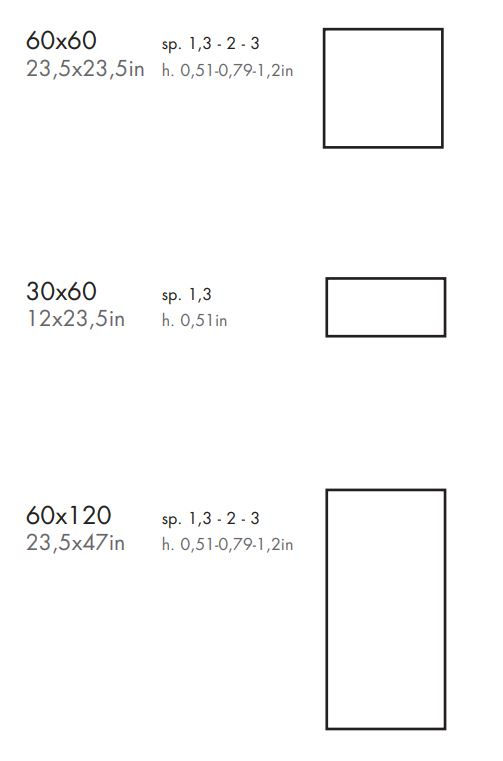What is Cottostone?
Cottostone is a composite material consisting mainly of cocciopesto (crushed terra cotta), quartz sand, organic coloring, and structural polyester resin. This product results from the strategic partnership between Sannini/Manetti and the leading European expert in the sector of composite materials.

How is Cottostone Made?
The fabrication of Cottostone starts with creating a mixture of base materials. Crushed terra cotta makes up the majority of the mix. The fragments are harvested from crushing high-quality Impruneta terra cotta. Fragment sizes range from fine powder to pieces as large as raisins! The remainder of the mixture consists of quartz sand, organic coloring, and structural polyester resin. This small but mighty portion of the mix is the source for the binding and bestows the material with high bending strength, impact, and soaking resistance.
The next step of the production cycle involves fabricating the slabs. The Cottostone paste is first mixed and homogenized through computerized machines and proportioned as necessary. It is then sent down a conveyor belt that brings the not yet hardened product to be pressed into slabs.

Once pressed into shape, the slabs are placed in a heating chamber and kept at high temperatures until solidified and ready for the finishing process.
The finishing process involves facing both sides, gauging, trimming, chamfering, polishing, and milling if necessary (required for installing inserts if mechanical connections are needed). The edges are worked according to the specific end-use and application. At this stage, any project-specific modifications would be completed, and if the Cottostone is for a facade application, the connection inserts would be installed.

The processing of the edges of the cottostone slabs for vertical corner connections


Typical details for Cottostone wall covering or rainscreen cladding.

Typical profiles when processing the edges of the cottostone slabs
The Cottostone slabs are now ready for the final step, quality checking for consistency in weight, thickness, compactness, and uniformity concerning the exposed surface's design and tonality.
What does Cottostone Look Like?
What does the final product look like? Cottostone is available in three unique finishes, Tecnostone, Cocciopesto, and Palladiana. Tecnostone more closely resembles traditional terra cotta, while Cocciopesto and Palladiana highlight the mixture of the terracotta granules present in the slab's amalgam.



Cottostone can be manufactured in a wide range of different sizes depending on the design and application. Cottostone can be manufactured to a maximum of 47" x 118" (120x300 cm) at varying thicknesses of 0.51", 0.79", or 1.2" (1.3/2/3 cm).


Design Studio MOA (Mario Occhiuto Architecture) brought the full potential of Cottostone to light during the 2010 Shangai World Expo. The pavilion project stemmed from the desire to recover and enhance the existing industrial pavilions, creating a new wall covering that is a contemporary Italian novelty by recovering the earthenware tradition. The building is completely covered with large panels in “cottostone,” measuring 120x120 cm, perforated with water jet machines to create designs inspired by Vietri ceramics. Studio MOA created a balanced facade design by combining four decorative designs and alternating solid and void spaces.


Photography by Charlie Xia & Giorgio De Finis
How else can Cottostone be used?
Cottostone is an extremely versatile material suitable for cladding exterior structures, interior wall coverings, and even interior floor coverings. With a slip resistance rating of R11, Cottostone is suitable for high traffic locations. The material can also be fabricated in special formats per design, such as staircases, window sills, doorstones, cornices, architraves L and U shaped components, to name a few.

Reference: Involucri in Cotto by Manetti Gusmano & Figli

Comments